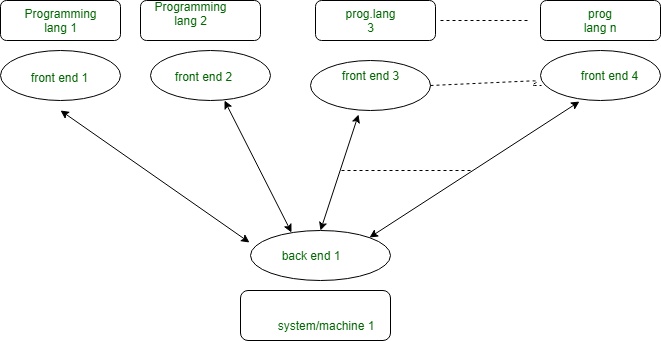Portable Stimulus Standard (PSS) has emerged as a game-changer in the domain of verification methodologies, offering a flexible and comprehensive approach. In this tutorial, we'll delve into the practical aspects of PSS compilers, exploring how they translate high-level verification intent into executable testbenches.
Understanding PSS Compiler Basics:
At its essence, a PSS compiler is a tool designed to interpret the verification intent modeled using the Portable Stimulus Standard. It takes the abstract representation of the design and verification scenarios and transforms them into executable code that can be run on simulation or emulation platforms.
Step 1: Defining Verification Intent in PSS:
Before we embark on the journey of utilizing a PSS compiler, it's essential to have a clear understanding of how verification intent is defined in PSS. This involves creating a graph that represents various actions, their data dependencies, and the possible paths through the design. Whether using the DSL or C++ input language, the goal is to articulate the verification scenarios comprehensively.
Step 2: Choosing the Right PSS Compiler:
Selecting an appropriate PSS compiler is a critical decision in implementing the Portable Stimulus Standard effectively. Different vendors may offer compilers with varying features and optimizations. Consider factors such as compatibility with your design environment, support for the chosen input language, and the ability to integrate seamlessly with other verification tools.
Step 3: Configuring the Compilation Process:
Once the verification intent is defined and a PSS compiler is chosen, the next step involves configuring the compilation process. This includes specifying options such as the target simulation or emulation platform, the desired level of abstraction for the generated testbenches, and any specific requirements related to the design under verification.
Step 4: Running the Compilation:
Executing the compilation process is straightforward. The PSS compiler takes the high-level verification model and generates the corresponding testbenches. It's important to review the compiler's output for any warnings or errors, ensuring that the generated code aligns with the intended verification scenarios.
Step 5: Analyzing and Debugging:
After the compilation, it's time to analyze the generated testbenches and, if necessary, debug any issues that may arise. PSS compilers often provide tools and reports for debugging purposes. Understanding the generated code is crucial for verifying that the compiler accurately translated the verification intent into executable scenarios.
Step 6: Integration with Simulation/Emulation Environment:
The final step involves integrating the compiled testbenches into the chosen simulation or emulation environment. Whether using a traditional simulator or a high-performance emulator, the PSS-generated testbenches should seamlessly fit into the workflow, allowing for efficient and thorough verification.
Best Practices for PSS Compilation:
- Regularly check for updates from PSS compiler vendors to leverage the latest features and optimizations.
- Collaborate with design and verification teams to ensure alignment between the verification intent and the generated testbenches.
- Explore the compiler's documentation for advanced features and customization options.
Conclusion:
In this tutorial, we've explored the practical steps involved in working with PSS compilers to implement the Portable Stimulus Standard. From defining verification intent to choosing the right compiler and integrating generated testbenches into simulation or emulation environments, the process is designed to streamline and enhance the verification workflow. As PSS continues to gain traction in the industry, mastering the use of PSS compilers becomes a valuable skill for verification engineers aiming to achieve efficient and comprehensive verification.
Note: The tutorial provides a general overview, and specific steps may vary based on the chosen PSS compiler and simulation/emulation environment.
References:


No comments yet